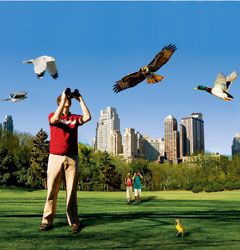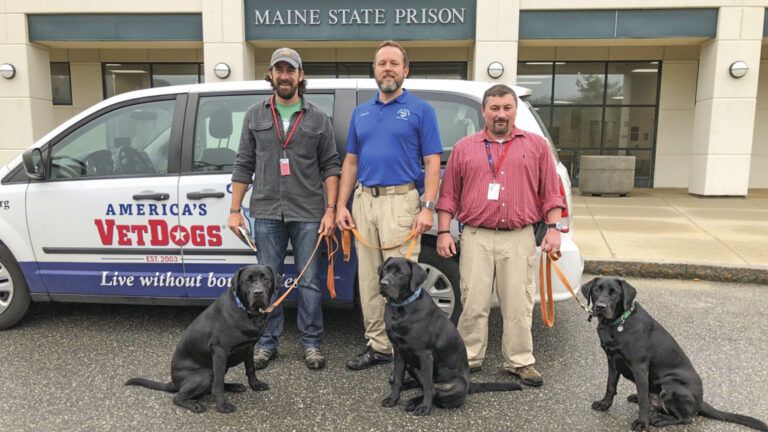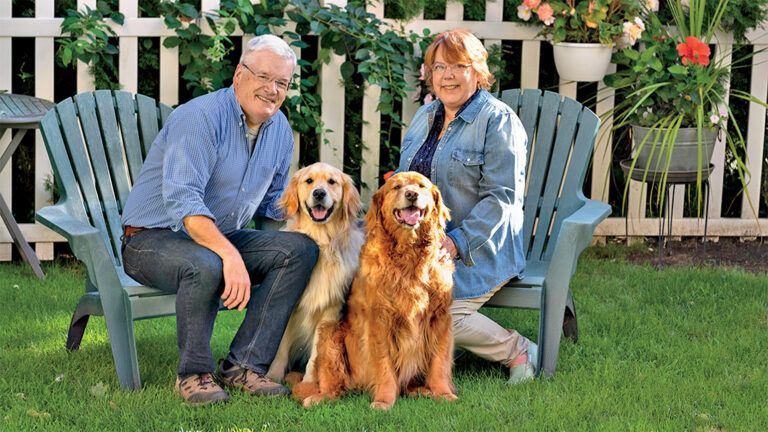I turned up the volume on my iPod and walked up the subway steps into the crisp New York City morning. Through a canyon of apartment buildings, I could just make out the trees of Central Park.
I usually hit the park to play softball, but today I was there for something new: to join a group of birdwatchers to find some inspiration. Jeff, my contact, said to meet him at 7 a.m. I wasn’t thrilled. How inspiring can pigeons be this early in the morning?
I moved to the city eight years ago and loved the feeling of being in the center of it all. Sometimes, though, I missed the quiet of southern New Jersey. A few green city blocks couldn’t compare to the fields and forests of the town where I grew up.
Nearly every fall my family would feed two geese that took up residence on our lawn. There was something refreshing about being surrounded by the beauty of God’s good earth, a sense of being connected to something greater.
That was one thing Manhattan didn’t have. Everything here was climate-controlled and built into a nice neat grid.
Jeff greeted me with binoculars. With him was Chuck, who’d introduced him to birding; Joe, a bird expert at the American Museum of Natural History; and Doug, his camera at the ready. “Is this your first time?” Jeff asked.
“I had a bird feeder once,” I replied.
He smiled. “Hope we see something good!” We walked into the park. Suddenly, a flock of pigeons behind us rocketed into the air. “Look!” Jeff shouted. I turned and focused my binoculars. Just a bunch of pigeons, I thought. Or was it? The other guys were eagerly scanning the sky. “Do you see it?” Joe asked.
“I’m looking,” Chuck said.
“What are we looking for?” I asked.
“A hawk,” Joe said. A hawk! I’d heard about Pale Male and Lola, two red-tailed hawks that took up residence at the top of a high-rise, but I’d never seen one. I searched the sky, looking for the bird that had terrified the pigeons.
A white feather floated in the breeze just as Jeff whispered, “There he is.” Only a few feet away was the hawk. He stood at attention, surveying the area, his bright white, brown-speckled chest puffed out, so close I didn’t need the binoculars to see what was clutched in his talons: a pigeon. My heart raced. This isn’t supposed to happen here. This is the city, not the wild. The hawk stared at us, as if challenging us to approach. We didn’t dare.
We headed toward The Ramble, a man-made 38-acre wilderness of trees on the north shore of Central Park Lake—a favorite spot for birders.
“There are more than 200 different species that have been spotted in the park,” Jeff said. He started “listing” 23 years ago—writing down birds he spotted. Joe had seen 360 different birds in the city alone.
A high-pitched warble stopped us. Once again we turned our binoculars toward the trees.
“Yuck, a starling,” Jeff said.
The bird was perched on a high branch, its dark plumage shining. “Looks pretty to me,” I said. It was “yuck” for a different reason, Joe said. In the 1880s Eugene Schieffelin, a wealthy theater fanatic, brought European starlings to New York in an attempt to bring every bird mentioned in the works of Shakespeare to the U.S. The starling was the only bird that thrived. Now some 140 million starlings live in North America, pushing out native songbirds from nesting areas.
The birds weren’t even out in full force this time of year, but The Ramble seemed to explode with them. “Look,” Jeff said, pointing out two Cooper’s hawks. A yellow-bellied sapsucker clung to a treetop, scooping up bugs stuck in the sap. Two white-breasted nuthatches paced, waiting for a blue jay to vacate a feeder. A red-bellied woodpecker swooped in. A northern cardinal stood out in sharp contrast against a gray tree, singing a tune that seemed to hush the buzz of the city. Why didn’t I notice the birds singing before?
We headed toward a spot where a long-eared owl had been holing up. “How do you know it’s there?” I asked. Jeff explained that birders are a tight bunch—when a new bird is spotted in the city, a flurry of e-mails and phone calls alert everyone. Earlier that week they’d been excited by a Scott’s oriole, usually found much farther south, in Union Square. “Union Square?” I said. That was by my apartment—a tiny bunch of trees surrounded by a hotel, a hospital and megastores. “That’s another thing that keeps me coming out here,” Jeff said. “The chance of seeing something unexpected.”
The owl was nestled between the branches of a pine tree, a brown spot I would’ve missed had I not zeroed in with my binoculars. “What are you looking at?” a woman passing by asked.
“A long-eared owl,” I said.
“Can I see?” I handed her my binoculars. A smile came across her face. I knew how she felt. Seeing something wild and free, here of all places, gave me the sense we weren’t so cut off from nature. If an owl could find serenity here, maybe I could too.
Our last stop was beside the reservoir. By now I knew better than to dismiss the birds on the water as mere ducks. There were northern shovelers, buffleheads, hooded mergansers. All, Joe told me, were just visiting from distant locales. He’d been part of a research project on the migration patterns of terns. “I handled a bird in Argentina and discovered it was the same one I’d tagged in New York,” he said.
Those geese in my front yard—was it possible they’d stopped first in New York and from my home flown to South America? Suddenly the city didn’t seem so isolated. It was connected to nature by the flight patterns of thousands of birds, who found relief in the tiny green spaces I had overlooked. They were driven by a force more powerful than anything man could build, something truly divine. “Come join us again,” Jeff said, as I said my goodbyes.
“I will,” I told him. I meant it. Walking back to the subway, I kept my iPod turned off. I ignored the city traffic. Instead, I lifted my eyes to the trees and tuned my ears to listen to the sweet, lilting songs of the birds.
—–






